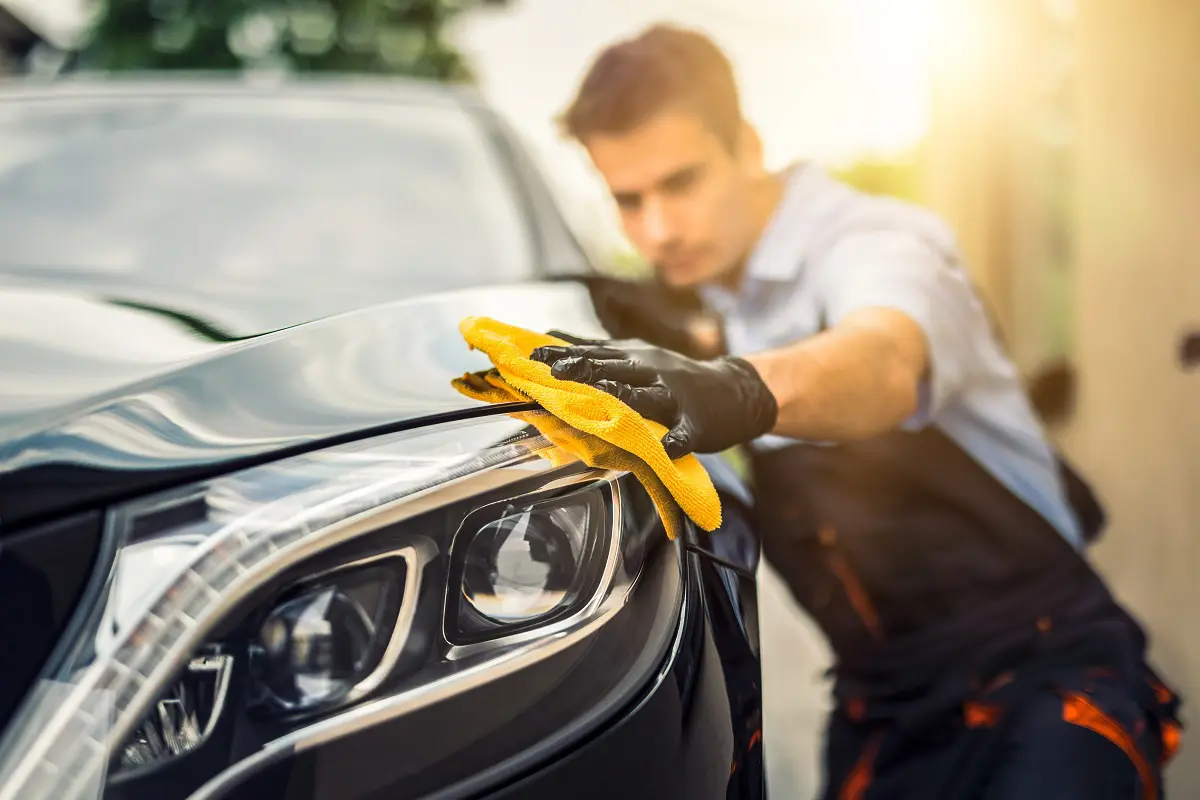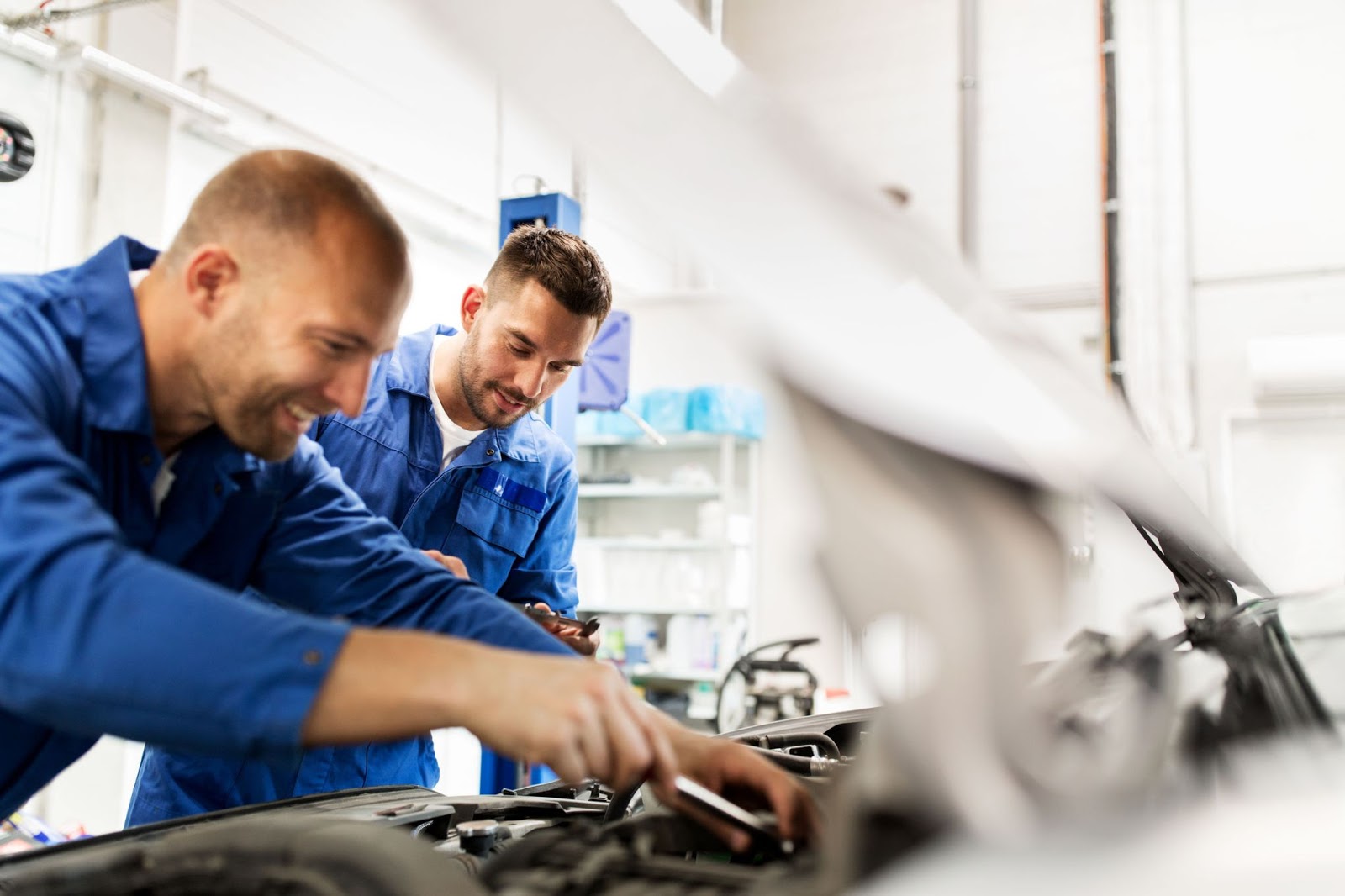Fuel pressure regulators are key to keeping the fuel system in check. They make sure the engine runs well and efficiently. The right fuel to air ratio is 1:1, which is vital for the engine’s performance. A bigger fuel pressure regulator can handle more flow, keeping the 1:1 ratio, which is important.
The fuel pressure regulator controls the fuel pressure in the engine. This affects how well the engine performs. Regulators for alternative fuels like methanol or ethanol help avoid diaphragm breakage. But cheaper models might not be as reliable.
Keeping the fuel pressure right is critical. It stops problems like blackened spark plugs, poor engine performance, and stalling.
Fuel pressure regulators work with the fuel system to get the best fuel pressure for the engine. Turbosmart regulators can adjust the base pressure from 30 – 70 PSI. This makes them work with different fuel injectors and pumps. Knowing how fuel pressure regulators work helps keep the engine running well and saves money on repairs.
- Key Takeaways
- Fuel pressure regulators maintain the correct fuel pressure in the fuel system for optimal engine performance.
- A 1:1 fuel to air ratio is essential for efficient engine operation.
- Fuel pressure regulators designed for alternative fuels can prevent diaphragm breakage.
- Proper fuel pressure regulation prevents issues such as blackened spark plugs and poor engine performance.
- The base pressure for Turbosmart fuel pressure regulators can be adjusted between 30 – 70 PSI.
- Understanding how fuel pressure regulators work is critical for maintaining optimal engine performance and preventing costly repairs.
- What Are Fuel Pressure Regulators and Their Purpose
Fuel pressure regulators are key to keeping your engine running smoothly. They control the fuel pressure going to the fuel injectors. This ensures the right amount of fuel for the best engine performance.
It’s important to keep your fuel pressure regulator in good shape. This helps your vehicle run well.
The fuel pressure regulator keeps the pressure in check. For every 1 PSI boost, it increases fuel pressure by 1 PSI. This is vital for high-performance cars, where it keeps the engine running at its best.
There are mechanical and electronic fuel pressure regulators. The right one depends on your vehicle’s needs. Regular checks and maintenance are key to keep it working right.
| Regulator Type | Application | Features |
| Mechanical | High-performance vehicles | High-flow capabilities, adjustable base pressure |
| Electronic | Modern vehicles with advanced fuel systems | Precise control over fuel pressure, real-time monitoring |
- The Critical Components of Modern Fuel Pressure Regulators
Modern fuel pressure regulators are key to an engine’s smooth running. They have parts like the diaphragm, spring, and advanced fuel system tech. These work together to keep fuel pressure steady, which is vital for the engine’s best performance.
In today’s fuel-injected engines, these regulators keep fuel pressure right for the injectors. This pressure is between 30 to 70 psi. The fuel system technology in these regulators helps keep fuel pressure precise. This can boost engine power and fuel use by 10-20% over old systems.
Modern fuel pressure regulators have some cool features:
- They control fuel pressure very accurately.
- They use advanced fuel system technology for better efficiency.
- They are built to last, for long-lasting performance.
Here’s a table showing what makes modern fuel pressure regulators special:
| Regulator Type | Fuel Pressure Range | Features |
| Mechanical | 30-70 psi | Simple design, low cost |
| Electronic | 30-70 psi | High-precision control, advanced fuel system technology |
In summary, the parts of modern fuel pressure regulators are essential for an engine’s smooth operation. Knowing about these parts helps us see why modern fuel pressure regulators are so important for engine performance.
- How Mechanical Fuel Pressure Regulators Function
Mechanical fuel pressure regulators are key to keeping fuel pressure right in an engine. They use a diaphragm and spring to control fuel pressure. The diaphragm moves with fuel pressure changes, and the spring keeps the right tension.
Turbosmart, a top fuel pressure regulator maker, says their regulators match power levels. For example, the FPR1200 supports up to 1200 horsepower.
- Diaphragm Operation
The diaphragm is a vital part of these regulators. It moves with fuel pressure changes, adjusting fuel flow to the engine.
The diaphragm is made of a flexible material. It can handle different fuel pressures. Sometimes, it’s made for specific fuels like alcohol or race fuels.
- Spring Tension Mechanisms
The spring tension in these regulators keeps fuel pressure just right. You can adjust the spring tension for different engines. This lets you keep fuel pressure within a range.
For instance, Turbosmart regulators can adjust base pressure from 30 PSI to 70 PSI. This gives you options for various engine needs.
- Return Line Systems
The return line systems in these regulators are key to keeping fuel pressure right. They send extra fuel back to the tank. This helps control fuel pressure and prevent it from getting too high.
These systems work with the diaphragm and spring to manage fuel pressure well. They make a complete system for fuel pressure control.
| Model | Power Level | Fuel Type |
| FPR1200 | Up to 1200 horsepower | Gasoline, alcohol, and race fuels |
| FPR800 | Up to 800 horsepower | Gasoline and alcohol |
- Electronic Fuel Pressure Regulators in Modern Vehicles
Modern cars use fuel system technology to improve engine performance and save fuel. The electronic fuel pressure regulator is key in this system. It controls fuel pressure precisely, adjusting to the engine’s needs.
In modern vehicles, these regulators keep fuel pressure steady across injectors. This is vital for good combustion, ensuring the right fuel amount reaches the engine. Fuel system technology now includes adjustable parts and regulators that track manifold pressure. This keeps fuel pressure consistent, even in turbocharged engines.
Some main benefits of electronic fuel pressure regulators in modern vehicles are:
- Precise control over fuel pressure
- Adaptability to changing engine conditions
- Improved fuel efficiency and engine performance
- Enhanced responsiveness and output in high-performance applications
By using electronic fuel pressure regulators in their fuel system technology, makers create more efficient and strong engines. As modern vehicles keep getting better, the need for advanced fuel system parts will grow too.
- Common Signs of Failing Fuel Pressure Regulators
Fuel pressure regulators are key for a car’s performance. They make sure the fuel and air mix is right. If they fail, cars can run poorly and use more fuel.
About 40% of cars will show signs of a failing fuel pressure regulator at some point. Signs include poor engine performance and bad fuel economy. You might also see leaks or corrosion.
Black smoke from the exhaust is a sign of a bad fuel pressure regulator. It means the fuel isn’t burning right. This can make emissions go up by 5-15%.
Also, cars with a bad fuel pressure regulator might not accelerate as well. They could lose 15%-25% of their speed compared to when everything works right.
Other signs of a failing fuel pressure regulator include:
- Engine misfires, which happen in about 30% of vehicles with failing fuel pressure regulators
- Fuel leaks, which can cut fuel efficiency by up to 20% and increase fire risks
- Excessive fuel pump noise, which can mean a malfunctioning regulator in about 18% of cases
It’s important to fix these problems quickly to avoid engine damage. Regular checks can catch issues early. Knowing the signs of a failing fuel pressure regulator helps keep your car running well.
| Symptom | Percentage of Vehicles Affected |
| Engine Misfires | 30% |
| Fuel Leaks | 20% |
| Excessive Fuel Pump Noise | 18% |
- Maintaining Optimal Fuel Pressure Regulator Performance
Keeping the fuel pressure regulator in top shape is key. This means doing fuel pressure regulator maintenance like cleaning it and knowing when to swap it out. By sticking to a regular maintenance plan, car owners can avoid engine problems and keep their vehicle running smoothly.
Important cleaning procedures include checking and swapping the fuel filter every 15,000 to 30,000 miles. A dirty fuel filter can drop fuel pressure by 5-10 psi, causing engine troubles. Also, make sure to check the fuel pressure regulator during regular car checks, ideally every 5,000 miles or six months.
Extreme temperatures can also affect the fuel pressure regulator. High heat can cause leaks and malfunctions, while cold can slow down fuel flow. By knowing this and sticking to a regular maintenance plan, car owners can make their fuel pressure regulator last longer and keep their engine running well.
Here are some important tips for fuel pressure regulator maintenance:
- Check and replace the fuel filter regularly
- Inspect the fuel pressure regulator during routine vehicle maintenance
- Avoid extreme temperatures to prevent damage to the regulator
- The Impact of Fuel Pressure Regulators on Engine Efficiency
Fuel pressure regulators are key to engine efficiency. They keep fuel pressure right and stop problems like bad performance and low fuel economy. A good fuel pressure regulator is vital for the engine to run well.
Signs of trouble with fuel pressure regulators include loud fuel pumps, less power, and misfires. Black spark plugs also mean too much fuel. It’s important to keep the fuel pressure regulator working right.
Here are some key things to keep in mind for fuel pressure regulator performance:
- Regular maintenance and inspection of the fuel system
- Proper installation and adjustment of the fuel pressure regulator
- Use of high-quality fuel and fuel system components
In conclusion, fuel pressure regulators greatly affect engine efficiency and fuel system performance. Knowing their importance and keeping them in good shape helps engines run better.
| Fuel Pressure Regulator Model | Recommended Horsepower | Base Pressure |
| FPR1200 | Up to 1200 horsepower | 30-70 PSI |
| FPR800 | Streetcars using pump fuel | 30-70 PSI |
- Choosing the Right Fuel Pressure Regulator for Your Vehicle
When picking a fuel pressure regulator, think about OEM vs aftermarket choices, performance considerations, and how to install it. The best regulator gives the right fuel pressure for good engine performance and fuel use.
Choosing between OEM and aftermarket regulators depends on your budget, needs, and car’s fuel system. OEM regulators match the maker’s specs. Aftermarket ones offer more choices and flexibility.
- Key Considerations for Choosing a Fuel Pressure Regulator
- Fuel pressure needs: The regulator must give the right fuel pressure for engine efficiency.
- Compatibility: It must fit with your car’s fuel system and engine.
- Performance: It should handle the engine’s needs, like high pressure and flow.
For performance considerations, the regulator should keep fuel pressure steady, even when the engine load changes. This is key for high-performance cars, where steady fuel pressure is vital for best engine performance.
When choosing a fuel pressure regulator, think about installation needs. This includes your car’s fuel system, engine, and any special installation steps. The right regulator ensures your engine runs well, saves fuel, and is reliable.
| Regulator Type | Fuel Pressure Range | Compatibility |
| OEM | 3-20 psi | Specific vehicle models |
| Aftermarket | 3-130 psi | Universal compatibility |
- Troubleshooting Fuel Pressure Regulator Problems
When dealing with troubleshooting fuel pressure regulator issues, it’s key to spot common problems. Then, take steps to repair or swap out the regulator. Studies show up to 50% of fuel pressure problems in cars come from electrical issues. This includes loose connections or bad wiring.
Common fuel pressure regulator problems include leaks, clogged filters, and faulty regulators. To troubleshoot these, check the fuel filter and look for damage on the regulator. Also, use a pressure gauge to test the fuel pressure.
Many fuel pump failures happen because of overheating. This can be due to cavitation or vapor lock. It’s also important to ensure the fitting is correct, as about 40% of leaks come from wrong fitting styles. Here’s a table showing common issues and their possible causes:
| Issue | Potential Cause |
| Low fuel pressure | Clogged fuel filter, faulty regulator, or faulty fuel pump |
| High fuel pressure | Stuck regulator, faulty fuel pump, or blocked return line |
| Fuel leaks | Improper fitting styles, damaged o-rings, or loose connections |
Understanding common fuel pressure regulator problems helps. By following a systematic approach to troubleshooting, you can find and repair issues. This ensures your fuel system works right and safely.
- The Future of Fuel System Technology: Advanced Regulation Systems
The car world is changing fast, with big steps in fuel system tech. The global market for car fuel systems is expected to hit US$87 billion by 2031. This growth is thanks to more people wanting cars that run on different fuels and better engine performance.
New electronic fuel pressure regulators will be key in this change. They will use the latest sensors, computers, and algorithms. This will help control fuel pressure better, making engines work better and pollute less. The market for these regulators is expected to grow by 7.5% from 2024 to 2030.
New tech in fuel systems will also help electric, hybrid, and hydrogen cars. As rules get stricter and cars need to use less fuel, these systems will be even more important. They will help cars meet new standards and perform well.





